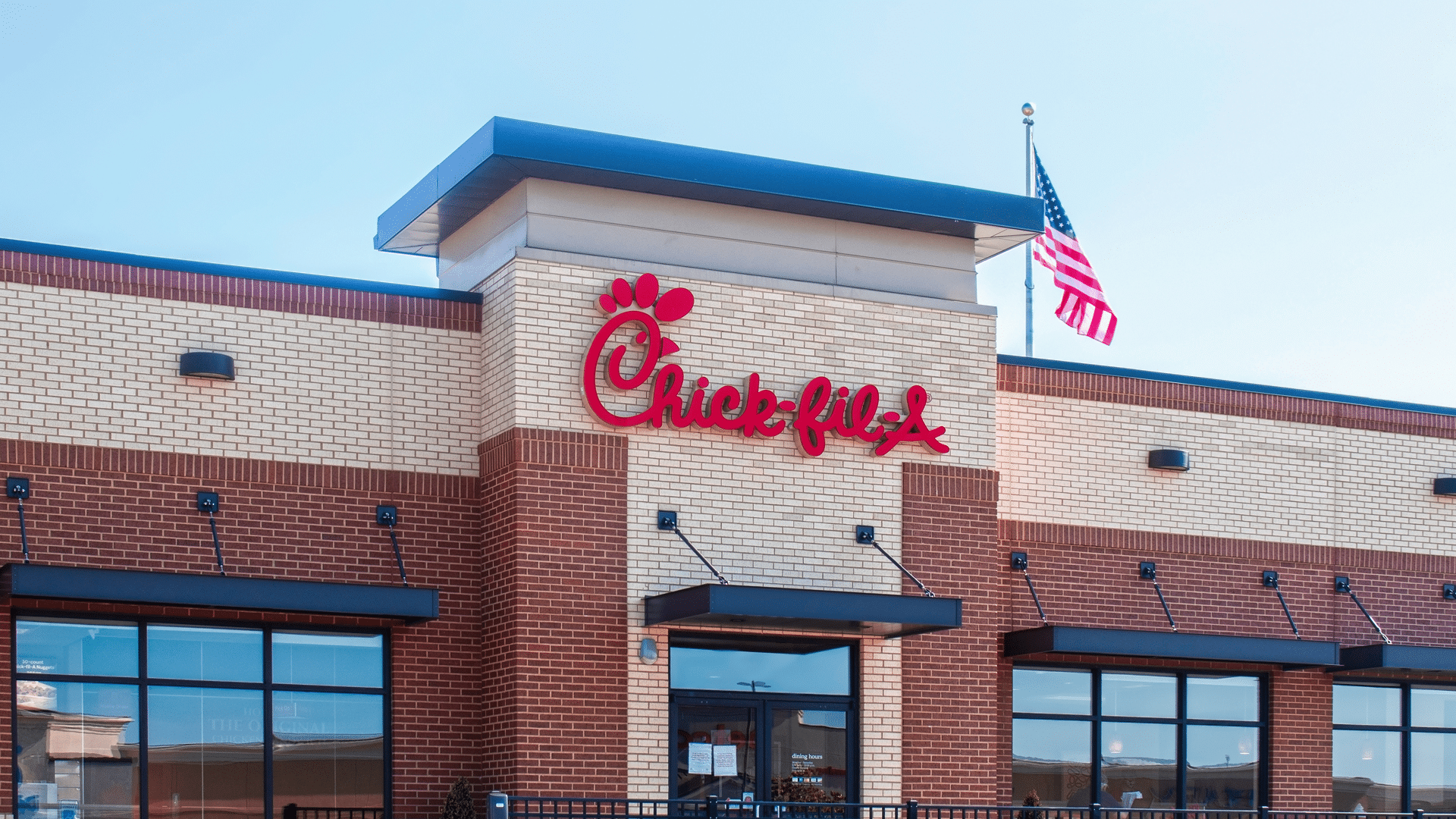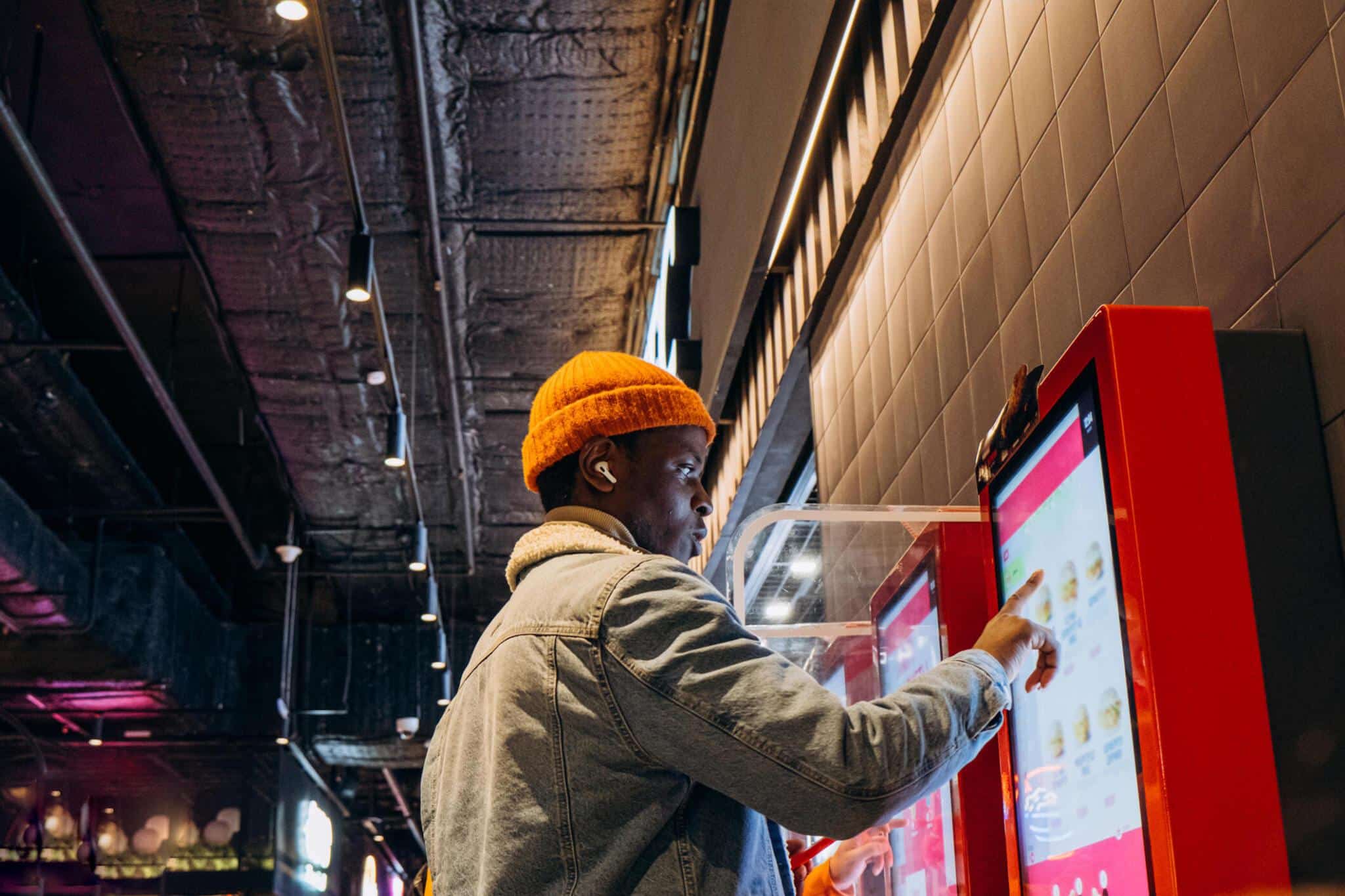In the wake of the pandemic, the restaurant industry workforce faced unprecedented challenges. Lockdowns, restrictions, and shifts in consumer behavior left an indelible mark on this vital sector. Now, as society reopens, the question arises: Has the restaurant industry workforce returned to pre-pandemic levels? In this blog post, we will explore the current state of the restaurant labor force, uncovering the factors influencing its trajectory and contemplating the industry’s future.
Is the Restaurant Industry Workforce Back to Pre-Pandemic Levels?
The resounding clang of dishes, the savory aroma of freshly cooked meals, and the hustle and bustle of servers weaving through crowded tables—all are signs that the restaurant industry is once again thriving. The echoes of optimism can be heard as “eating and drinking” establishments have added a staggering 60,700 jobs in September, a milestone that signifies the return of the workforce to pre-pandemic levels.
This achievement has been a long and arduous journey for the restaurant industry, taking over three years and 33 consecutive months of employment growth. Yet, the resilience of this sector has shone through, with job numbers now soaring nearly 30,000 spots above the peak of February 2020.
To truly grasp the magnitude of this recovery, consider this: since the lockdowns that began in March 2020, restaurants have successfully filled more than 6 million positions. September’s job surge is the most significant increase since January, reflecting the sector’s remarkable rebound. During the third quarter of 2023, the industry added 100,400 jobs, a substantial leap from the 36,300 jobs added in the second quarter. Restaurant job growth has exceeded 100,000 in 10 out of the last 11 quarters.
Bruce Grindy, the National Restaurant Association’s Chief Economist and Vice President, believes that the workforce expansion is far from reaching its peak. As of the last business day of August, job openings in the combined restaurants and accommodations sector exceeded 1 million, as the Bureau of Labor Statistics reported.
Although this figure was lower than the record levels seen over the past two years, Grindy notes that job openings remain elevated compared to pre-COVID times. In 2019, the sector saw an average of 875,000 job openings monthly, a benchmark for normal labor market conditions. This means that, in August 2023, there were still nearly 150,000 job openings above the pre-pandemic norm, indicating the potential for further growth.
The influx of employees back into the restaurant industry aligns with a surge in sales. In August, the sector generated a seasonally adjusted total of $90.8 billion in sales, marking a 0.3 percent increase compared to July’s revised sales volume of $90.5 billion. This achievement represents the sixth consecutive month of sales gains, with total restaurant spending experiencing a 4 percent increase. In contrast, sales in non-restaurant retail sectors only climbed by 1 percent over the same six-month period.
However, when adjusted for inflation, restaurant sales remained relatively flat. A corresponding increase matched the nominal gain of 0.3 percent in menu prices. After considering menu price inflation, eating and drinking place sales rose 1.8 percent between August 2022 and August 2023. While there has been some positive momentum in recent months, August’s sales volume still fell short of the levels seen in January when adjusted for inflation. This paints a recurring picture of sales improvements driven by price increases rather than increasing guest counts.
A deeper dive into the data reveals a significant shift in consumer behavior. Recent data from Revenue Management Solutions indicates that quick-service restaurant (QSR) traffic, in particular, has experienced an 18.4 percent decline when comparing June 2023 to June 2019. This downward trend in traffic has persisted since January 2022, when it was only 15.5 percent lower than 2019 levels. Despite the decrease in traffic, QSRs have seen a 40 percent increase in their average check compared to pre-pandemic times.
Furthermore, the dine-in business in the quick-service segment has suffered a substantial decline, losing nearly half of its overall traffic over the past two years. Throughout 2023, dine-in traffic, on average, plummeted by 47 percent. By the end of the second quarter, it was still down by 43.6 percent compared to 2019. Interestingly, despite the drop in traffic, the average check in the dining room has surged by 36 percent, even though net sales remain 25 percent lower than pre-COVID levels.
Meanwhile, drive-thru traffic faced a more modest decline, averaging 12 percent less in 2023 compared to 2019. Surprisingly, net sales from drive-thru services have risen by 25 percent. On the other hand, takeout traffic witnessed a 36 percent decrease over the same three-year period, with a substantial 42 percent increase in average check size. However, net sales for takeout still lag, down by 10 percent.
From an anecdotal perspective, the National Restaurant Association’s survey data indicates that 46 percent of adults reported not dining out at restaurants as often as they would like (as of late August). This statistic aligns with similar reports gathered over the past year, suggesting that pent-up demand is still tangible. However, this enthusiasm is now tempered by cost dynamics.
Pent-up demand is particularly pronounced among lower-income households, with 54 percent of consumers earning less than $50,000 expressing their desire to dine out more frequently. Yet, shockingly, this desire is common to lower-income demographics. More than one in three adults living in households with incomes exceeding $100,000 also expressed a desire to dine out more often.
Bruce Grindy highlights the significance of this trend, stating that “Any amount of unfulfilled demand among higher-income households is a positive sign for restaurants, as this demographic group represents the majority of spending in the industry.” Indeed, households with incomes of $200,000 or higher are responsible for 24 percent of the total spending on food away from home, while families between $100,000 and $199,999 account for a substantial 33 percent. Taken together, households with income above $100,000 contribute nearly 60 percent of the total dollars spent in restaurants.
In conclusion, the restaurant industry’s resurgence is an impressive testament to its adaptability and resilience. With job numbers back to pre-pandemic levels, it’s clear that the sector has not only weathered the storm but is on the path to recovery. However, the dynamics of consumer behavior have evolved significantly, shifting towards higher average check sizes and continued pent-up demand.
As the industry continues to find its footing in the post-pandemic landscape, restaurateurs must remain agile, responsive to consumer preferences, and attuned to the ever-changing economic landscape to sustain this newfound momentum.
Revitalize Your Restaurant Business with SupplyCaddy
Curious about the state of the restaurant industry’s workforce post-pandemic? SupplyCaddy, a trusted global leader in packaging and disposables for food service, is your go-to source for answers and solutions. With our commitment to quality and affordability, we’re here to support restaurants, chains, and food service brands. Contact SupplyCaddy today at [email protected] and let’s navigate the road to recovery together!





















